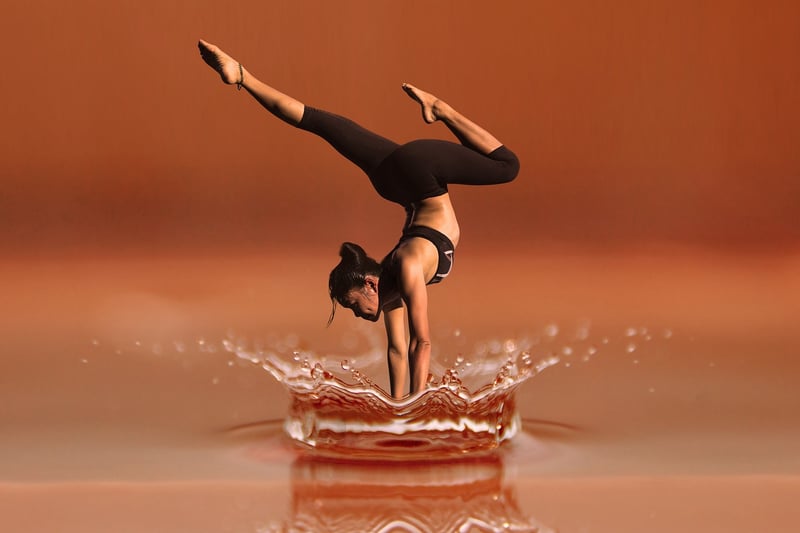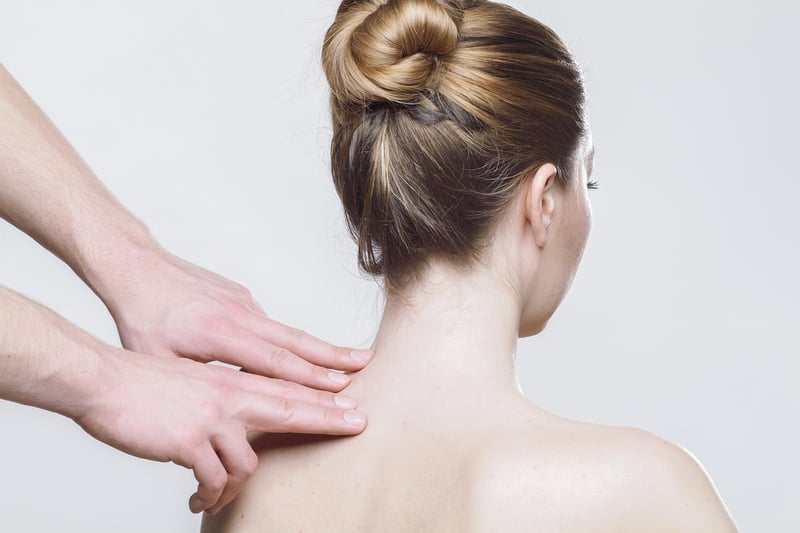Dance Therapy
The Healing Power of Movement: A Guide to Dance Therapy

Many cultures throughout history have recognized the therapeutic benefits of movement, using it as a form of meditation and healing. Dance therapy, in particular, has gained popularity in recent years for its ability to combine the physical, emotional, and spiritual aspects of well-being.
What is Dance Therapy?
Dance therapy, also known as dance movement therapy, is a type of therapy that uses movement to support intellectual, emotional, and motor functions of the body. It is based on the belief that motion and emotion are interconnected and that physical movement can impact mental health.
The Benefits of Dance Therapy
- Improves emotional expression and regulation
- Enhances self-awareness and self-esteem
- Reduces stress and anxiety
- Increases overall physical fitness
- Promotes relaxation and mindfulness
How to Practice Dance Therapy
- Find a quiet and comfortable space to move freely
- Choose music that resonates with your emotions or energy level
- Start moving in a way that feels natural to your body
- Focus on your breath and the sensations in your body
- Allow yourself to express any emotions that arise through movement
- End your session with a moment of stillness and gratitude
Join a Dance Therapy Class
If you're interested in exploring dance therapy in a group setting, consider joining a dance therapy class in your area. These classes are led by trained professionals who can guide you through various movements and exercises designed to promote healing and well-being.
Remember, dance therapy is a personal practice, and there is no right or wrong way to move. The most important thing is to listen to your body and allow yourself to experience the healing power of movement.
Embrace the joy of dancing and discover a new way to connect with yourself and others through the transformative practice of dance therapy.
